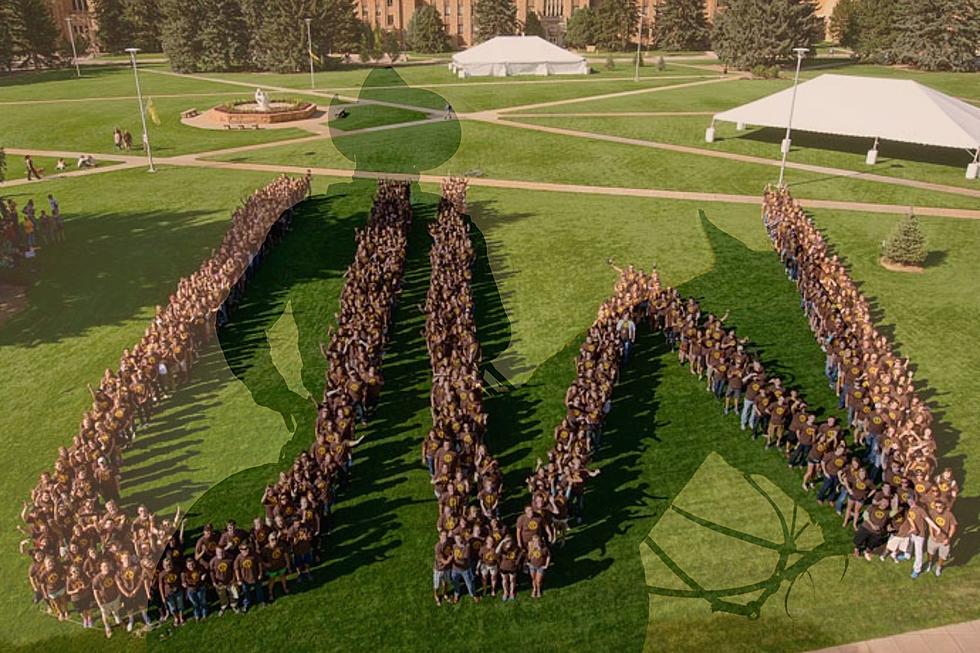
$750,000 NASA Grant Supports UW Telescope Upgrade on Jelm Mountain
A $750,000 grant from NASA will be used to upgrade and improve capabilities of the University of Wyoming's Wyoming Infrared Observatory (WIRO).
Faculty members Chip Kobulnicky and Adam Myers of the UW Department of Physics and Astronomy say the new NASA grant will help to fund equipment upgrades plus a large imaging survey in blue/ultraviolet light that will help researchers find distant luminous galaxies known as quasars.
Among the telescope's improvements is the installation of a backup power generator that will enable the observatory to continue operating and protect sensitive instruments in the event of a power failure.
"This allows us to operate complex, state-of-the-art detectors at WIRO, putting us in the position to compete for additional observing programs in support of NASA missions," says Kobulnicky, an associate professor. "We also will install a high-speed Internet link between campus and the observatory, allowing us to move large amounts of astronomical data that typify modern science programs at 20 megabytes or more per second. This high-speed connectivity also will let astronomers observe from remote locations, including campus or even places around the world."
Situated among the pines on Jelm Mountain, at 9,657 feet, WIRO has been operating since 1977. The dry air, comparatively low turbulence in the air above the mountain and a dark night sky make WIRO an excellent location for infrared astronomical research.
The facility, which houses the largest infrared-optimized telescope operated by a single university, has been an important instrument used by 30 Ph.D. students over the last decade, as well as UW faculty and outside users. The observatory has undergone upgrades periodically to help it remain competitive with the ever-growing, ever-larger suite of world telescopes.
The most scientifically advantageous upgrade is to replace the four megapixel camera with a 16 megapixel camera and detector that will let astronomers view sky areas four times larger than before.
This may not sound large by today's digital camera standards," Kobulnicky says, "but astronomical cameras are very sensitive and have very low noise to let us see even a single photon of light making its way to us from across the visible universe-a light travel time of 12 billion years."
This new camera is sensitive to blue/ultraviolet light, a relatively unviewed part of the electromagnetic spectrum, and may lead to new insights as to what the universe was doing in its early history.
Myers, an assistant professor and the leader of this part of the NASA-funded project, says, "There is much excitement in cosmology at the possibility of measuring a ripple -- called a ‘baryon acoustic oscillation' -- that was imprinted on the large-scale universe very early in its formation. This feature is a yardstick that allows distances in the universe to be measured very precisely. But it is only visible on very large scales-the sorts of scales that are mapped out by quasars."
Quasars are extremely bright galactic hearts powered by gas falling into the most massive black holes in the universe. Because quasars are so bright, they are visible out to distances much larger than for typical galaxies.
Most quasars are particularly bright and blue. Historically, this allowed them to be found by looking for objects in the sky that are excessively bright in the ultraviolet light.
"This upgrade on the observatory will help UW astronomers be competitive for at least another decade," Kobulnicky says. "It lets us take advantage of Wyoming's dark skies to do science that is more difficult elsewhere."
To learn more about WIRO, go to the Department of Physics and Astronomy website at www.uwyo.edu/physics/ .
More From Laramie Live









